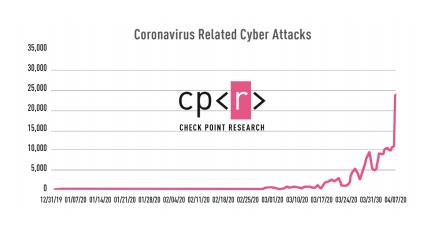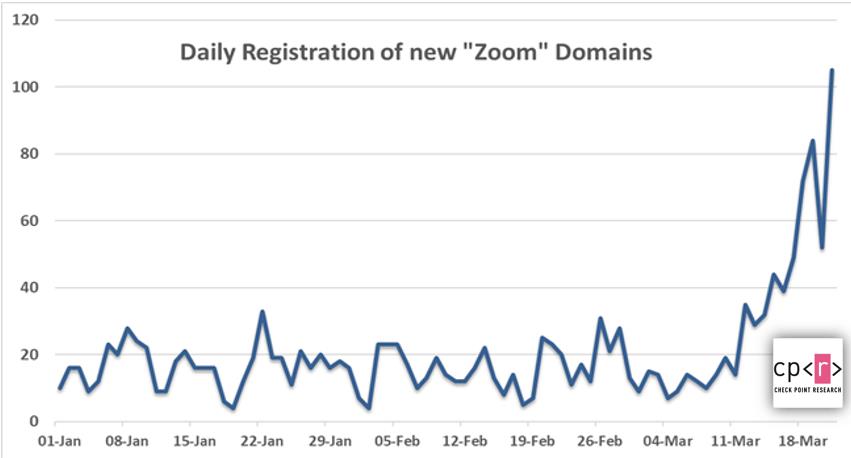2020 was a year we will never forget. The year where the words “COVID-19” and “corona” were being said by the entire world in every other sentence. Where takeout food, wearing a mask became the norm. And it wasn’t just the pandemic that caused the world to go into panic mode and uncertainty.
The world experienced a great deal of stress with natural disasters such as the fires in Australia and in California, as well as social and political tensions with the United States being in the epicenter. The social demonstrations following the killing of George Floyd and the presidential election were topics of great discussion and change.
With all these changes and uncertainty going on in the world, cyber hackers saw this as the perfect opportunity to strike (because that’s just what we needed, right?), but we fought back, as new cybersecurity developments also entered the picture in 2020.
Let’s cover some of the hot topics surrounding 2020 in cybersecurity:
Country-mandated lockdowns caused the transition of many employees to work from home. At Check Point Software, for example, in just two weeks, a large part of the organization moved to home offices. When asked about this “new normal,” many employees reported that their productivity was the same or even higher. In a recent Gartner CFO survey, 74% of companies said they intend to shift employees to work from home permanently. The first company to implement this was Facebook, announcing it will permanently shift 50% of its employees to remote work. It appears this ‘new normal’ is here to stay.
With face-to-face meetings no longer possible, people have been using collaboration tools such as Zoom, Google Hangouts, BlueJeans, and Slack, more than ever before. Zoom, for example, had 10 million daily meeting participants in December 2019 and by April 2020 they reported over 300 million—a whopping 3,000% increase. The education sector also made the transition to working and learning from HOME, with classes being held virtually.
With all of these work environment changes, companies have begun to place cloud resources as a top priority, which, if not done properly, can open the door to an array of cyberattacks. The World Economic Forum recently reported that the “demand for information on the new virus, accompanied by fear, confusion and even the boredom of confinement, has multiplied opportunities for cybercriminals to deliver malware, ransomware and phishing scams.” Check Point research teams found a dramatic rise in cyberattacks, phishing in particular, in correlation with the spread of the virus, making covid-19 a successful attack theme.

Many companies rushed to move their operations to a “work from home” solution without considering safety for their employees’ PCs. Additionally, personal mobile devices are now often allowed access to networks, and many apps are moved to cloud for scalability. However, the level of security didn’t reach the standard of traditional data centers. This gap has created a dangerous opening for hacking and cybercrime. In May 2020, cybersecurity researchers saw nearly 200,000 coronavirus-related cyberattacks per week, a 30% increase over prior weeks.
In its analysis, the WEF warns, “We should prepare for a COVID-like global cyber pandemic that will spread faster and further than a biological virus, with an equal or greater economic impact.”
As we can see, companies became more susceptible this year to cyberattacks than ever before. It was inevitable then that some companies would unfortunately suffer cybersecurity breaches, and so they did. Nintendo, LifeLabs, LiveJournal, Cam4, ExecuPharm, Carnival, EasyJet, Wishbone and more suffered cybersecurity attacks and breaches during 2020; But the cyberattacks and news that caused the most stir are the following:

• 34% of consumers said they had experienced a cyberattack. A virus or other malware was the most typical damage, at 72%, with 59% of them spending over $500 to fix it.
• 23% of consumers has their email or social media accounts hacked, taken over, or used by an unauthorized person.
• Ransomware attacks were at 11%, with half the victims paying the ransom, in most cases $2,000 or less (compared to previous years where only 1/3 agreed to pay it).
• Online consumer fraud nearly doubled from previous HSB surveys to 16 percent of individuals, who said most of the crimes were committed through payment services (48%) online auctions (21%) and dating websites (20%).
• More than half of fraud victims lost over $500 and a third lost more than $1,000.
2020 was no doubt a year of many obstacles and challenges in all areas, and cybersecurity was no different. When we change the way we work, we need to change the way we secure ourselves. Projections are that cybercrime will exceed $6 trillion annually by 2021 up from $3 trillion in 2015. Cybersecurity strategies must be adjusted to meet our new reality.
Social engineering, data security, and ransomware were the key players in 2020 cyberattacks with social engineering being the most popular method of attack, with 15 percent of compromised respondents saying it was the method used as a vehicle of entry.
For consumers and businesses needing self-managed solutions, ZoneAlarm Extreme Security offers real-time prevention of zero-day attacks such as malware, ransomware, phishing, and other advanced forms of cyberattacks using Check Point’s technology, for an affordable price.
See you in 2021!